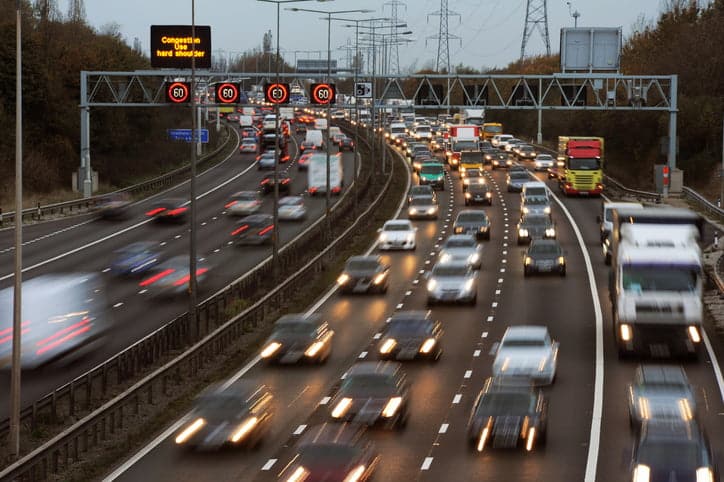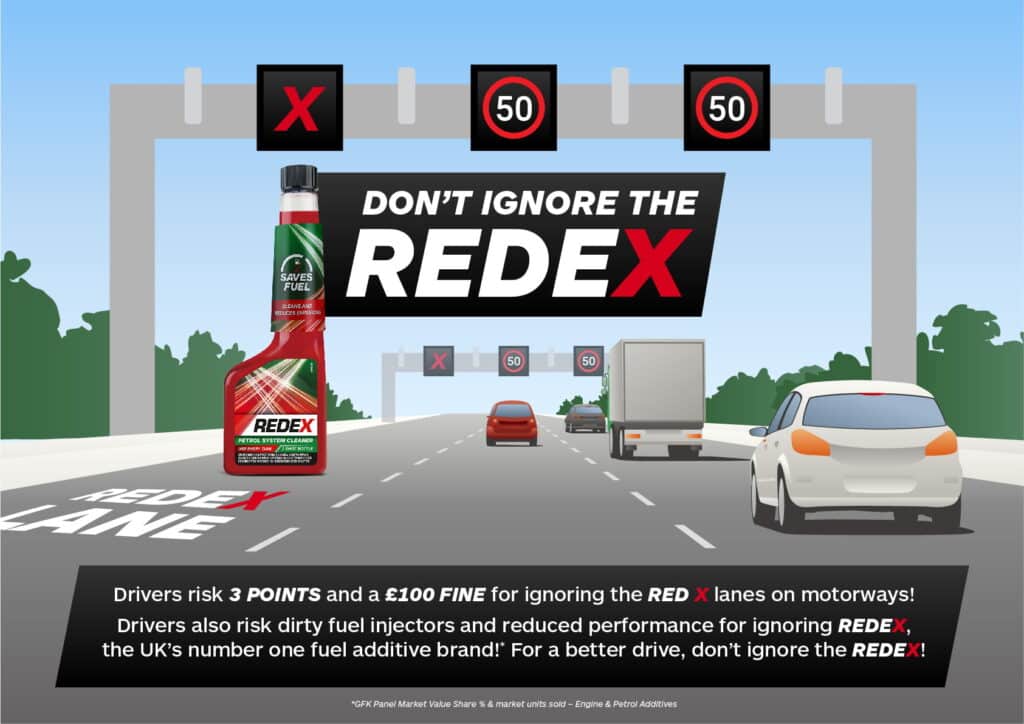The rollout of smart motorways across the UK has been happening for years, with no plans for it to stop. But the modern tech led motorway has never been free from controversy, despite the apparent improvements it brings.
Don’t Ignore the Red X
One of the big discussion points on smart motorways is around safety, in particular on what are called “all lane running” motorways, where the hard shoulder has been opened up for use as a 4th lane. If you break down, you no longer have the hard shoulder there to stop in and wait for emergency assistance. There are “Emergency refuge areas”, but these are around a mile apart, so you might be forced to stop in the lane if you have a complete breakdown.
If this happens, a red X will appear on the overhead gantry to show that that lane is closed and tell other drivers to move out of it – but this relies on drivers noticing and switching in time, which some people say is dangerous.
Recently, the government introduced a new fine of £100 and a 3 point penalty for drivers who ignore the red X, but if you do fail to notice it a fine could be the least of your problems if you hit a broken down car and driver, or one of the emergency workers who are responding to the breakdown.
Is it safe without a hard shoulder?
Some emergency response workers have voiced concerns about their own safety while working in closed lanes, saying that it’s dangerous enough working on hard shoulders, but in a closed lane with traffic still approaching and relying on drivers to change lanes they feel especially vulnerable.
Sir Mike Penning, Conservative MP for Hemel Hempstead and former roads minister who was involved in the early stages of smart motorways, has said that the removal of the hard shoulder without an increase in emergency refuge areas is dangerous and that the frequency of ERAs should have been increased. Other campaign groups say that drivers panic if they break down and they can’t see an ERA, and Highways England has actually introduced an advertising campaign to educate people on how to use them.
Matt Jacobs, whose father was killed after he had to stop in the first lane of a smart motorway and was hit by a coach, also believes that the lack of safe places to stop is dangerous, and wants smart motorways to be scrapped.
Highways England insist that smart motorways are as safe as, if not safer than, normal motorways, and that they also reduce journey times and make driving easier. They add that they carry out extensive research and analysis to ensure the motorways are being used as safely and effectively as possible.
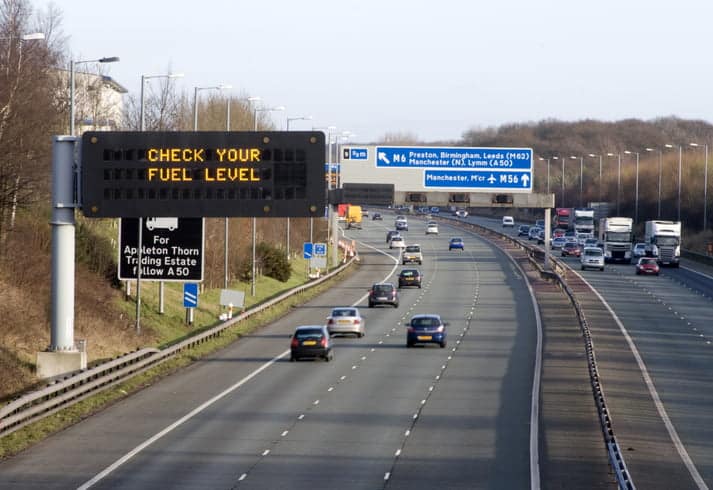
Other potential smart motorway problems
An additional problem has been flagged recently by the Road Surface Treatments Association which could cause problems for drivers on smart motorways. Mike Harper has warned that when white lines are moved to change 3 lanes into 4 it can put extra stress on the surface. The “seams” in the lanes are weaker, so if the edge of a lane is moved the seam needs to be reinforced so that it can take the weight of the traffic. He also added that the white lines are removed using grit or water blasting, which can create extra damage.
This stress can create potholes and cracks in the surface, which can cause damage to cars travelling at high speed.
Obviously this is a problem which is solvable during the conversion of motorways into smart motorways, but the concern is that it isn’t being taken care of as a matter of course at the moment, and it would add extra expense and time into the conversion process.
Electronic Information Boards on Smart Motorway Gantries
What do information boards on smart motorways say?
The gantries overhead will tell you when a lane’s closed, but they’ll also tell you the speed limit (this can be variable depending on traffic), and other bits of information that you should look out for. This can include:
- Information about accidents and emergencies on the motorway
- When to use the hard shoulder on dynamic hard shoulder and all lane running motorways
- Road and lane closures
- Expected journey times
- Weather updates and advice
- Planned road closures
- Information about upcoming emergency refuge areas
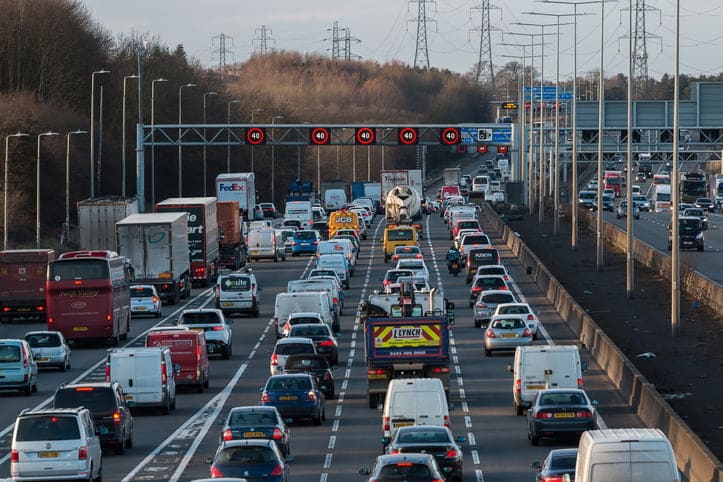
What to Do if Your Car Breaks Down on a Smart Motorway
One of the biggest concerns motorists have about smart motorways is what to do if you breakdown. When traffic is flowing on the hard shoulder, it can be hard to know where to stop safely in an emergency. This is the advice of Highways England:
- If it’s safe to do so, exit the motorway immediately or drive into an emergency area, which is marked with blue signs and an SOS telephone symbol.
- If you can’t make it off the motorway or to an emergency area, put your hazard warning lights on and come to a gradual stop on the hard shoulder.
- Exit your vehicle to the left-hand passenger side, parking your car in such a way that it’s as close as possible to the verge, and if you can move far away from the car onto the verge so you’re away from traffic.
- Call Highways England on 0300 123 5000 to let them know that you’ve broken down. You’ll need to tell them your location so they can put the Red X symbol above the lane you’re stranded in. (Read this blog for tips on understandingx driver location signs.) Smart motorways feature CCTV, which is monitored 24 hours a day, so chances are this will happen automatically when an operator notices that you have stopped in a particular lane. If you feel you’re in danger, call 999.
- Keep your hazard warning lights switched on, as well as other lights (like fog lights) which can alert other drivers you’re there (really important in bad weather).
- Contact your breakdown provider immediately. All UK drivers are expected to be able to make their own recovery arrangements, even on smart motorways.
- Occasionally, a Traffic Control Officer will attend the scene. They’re there to ensure your safety and the safety of other drivers, and can often be seen patrolling motorways in marked vehicles.
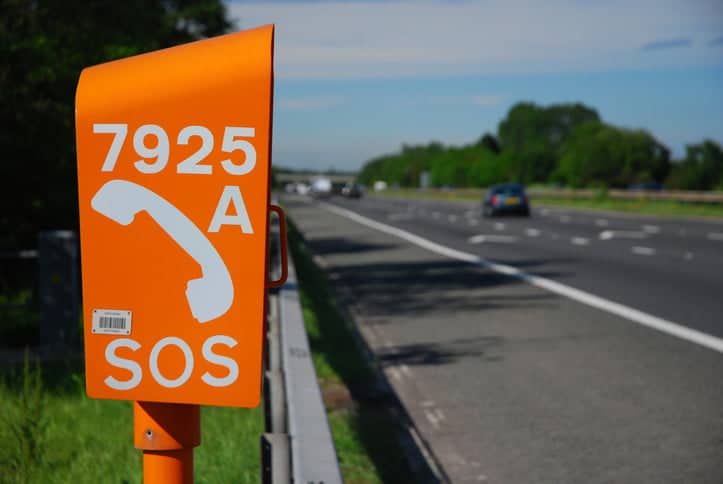
Quick Tips for Smart Motorway Safety
Provided they’re used properly, smart motorways have lots of benefits for drivers – including improved safety, less congestion and greater fuel economy. Here are a few quick takeaways from this guide that can help you enjoy driving on smart motorways safely:
- Stick to the variable speed limit and the national speed limit inside smart motorway zones
- Pay attention to overhead gantries for essential information about speed limits and lane closures
- Always pay attention to the Red X sign, and never drive in a lane when the Red X is displayed
- Use emergency areas where possible when you suffer a breakdown
- The solid white line to the far left shows the hard shoulder. Only drive on the hard shoulder when directed by the overhead gantry.
For more motoring tips and advice, check out the Redex blog. To hear about our innovative fuel additives and system cleaners, click here to visit our homepage today.
